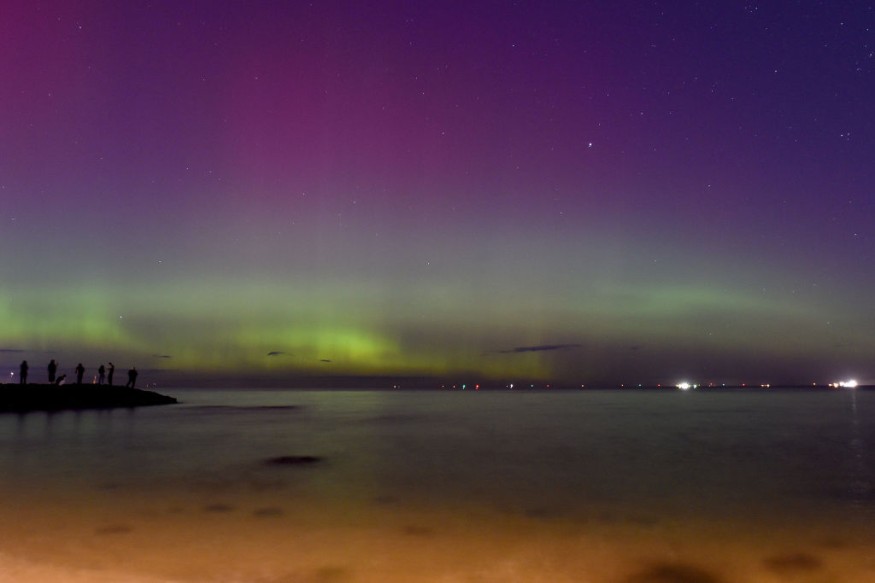A powerful geomagnetic storm is expected to create a spectacular display of the Aurora Borealis, or Northern Lights, over parts of the United States, including New York and Idaho.
This rare event, typically visible only in high-latitude regions, is caused by a significant coronal mass ejection (CME) from the sun, which interacts with Earth's magnetic field.
The National Oceanic and Atmospheric Administration (NOAA) has issued a geomagnetic storm watch, indicating that the storm could bring the Northern Lights as far south as New York and Idaho. Its arrival on Earth is anticipated to cause a G3 (strong) geomagnetic storm, according to Newsweek.
Rare Opportunity for Stunning Skies

The geomagnetic storm results from the interaction between the solar wind and Earth's magnetosphere, producing brilliant displays of light as particles collide with the atmosphere. "This is an exciting opportunity for people in lower latitudes to witness the Aurora Borealis, which is usually only seen near the poles," said a NOAA spokesperson.
Experts suggest that the best time to view the Northern Lights will be during the night, away from city lights which can obscure the display. Enthusiasts are advised to find a dark, open space and look towards the northern horizon.
Local weather agencies also recommend checking updated aurora forecasts and local weather conditions to increase the chances of a successful viewing experience. "This event provides a unique chance for people across New York and Idaho to see one of nature's most beautiful phenomena," stated an expert from the American Geophysical Union.
The current solar cycle, which is approaching its peak, increases the likelihood of such geomagnetic storms and, consequently, aurora sightings in unusual locations. This cycle's heightened solar activity means more frequent and intense displays could occur over the next few years .
© 2025 NatureWorldNews.com All rights reserved. Do not reproduce without permission.





